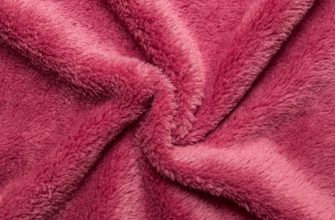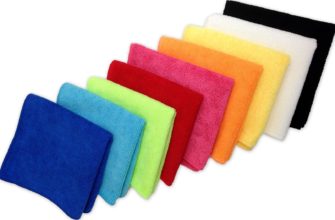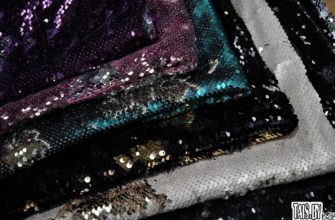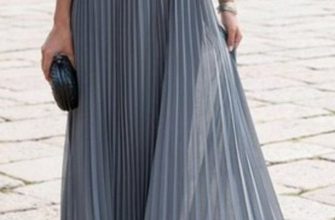Polymers appeared in everyday life with the development of the chemical industry. Plastic products filled all spheres of human activity. Polyester fibers began to be used for the production of fabrics. High-quality material quietly entered the knitwear market.
- What is the reason for the high popularity of this material?
- Characteristics, properties and composition
- Polyester silk
- Polyester
- Microfiber
- Acrylic
- Polyester and polyester, what's the difference?
- How does polyester stack with other fibers?
- With wool
- With flax
- With cotton
- With spandex
- Application in sewing workwear
- Use in other areas
- Care instructions, average price
- Estimated prices for 2019
- Pros and cons
What is the reason for the high popularity of this material?
The unique chemical properties of polyester fiber translate into excellent physical properties of polyester fabric. Derivatives of chemical fiber produce a variety of materials, from artificial fur to insulation and tire reinforcement.
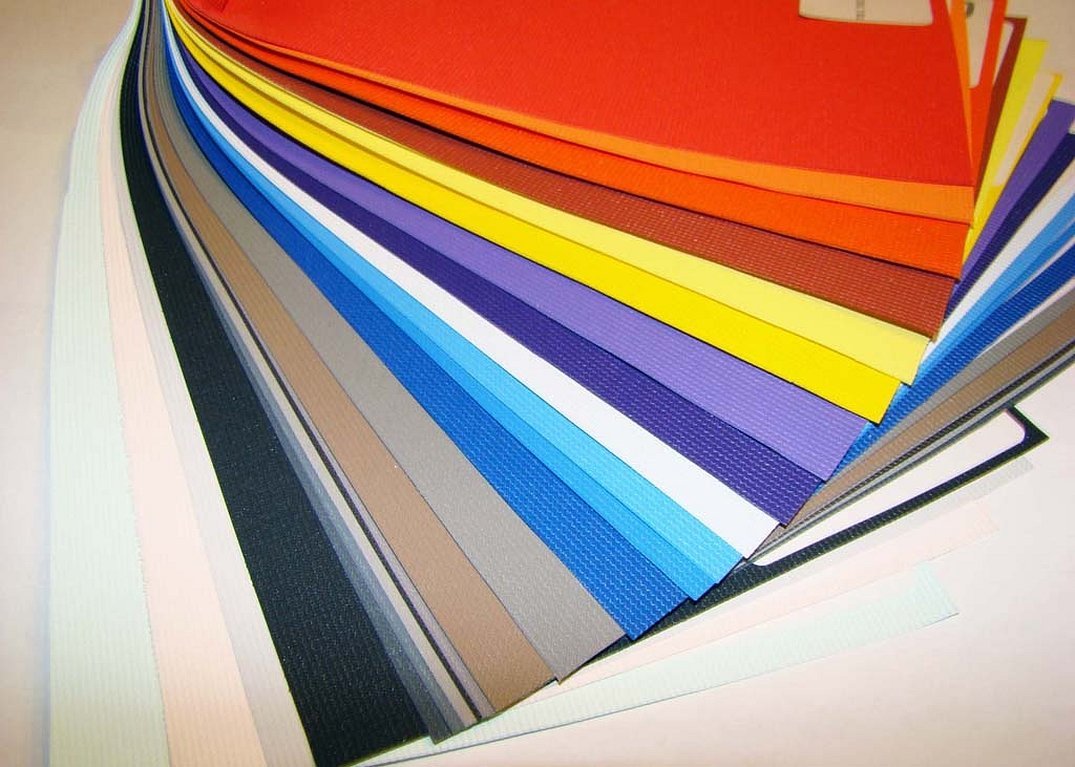
Polyester fabric is quite heat-resistant, unlike most synthetics. High strength and wear resistance. Fire safety and water resistance of the fabric are used in the manufacture of certain types of workwear for enterprises.
The ability to retain shape is used in the production of certain types of products, such as pleated or pleated skirts. Resistance to fading is used in the production of banners and flags.
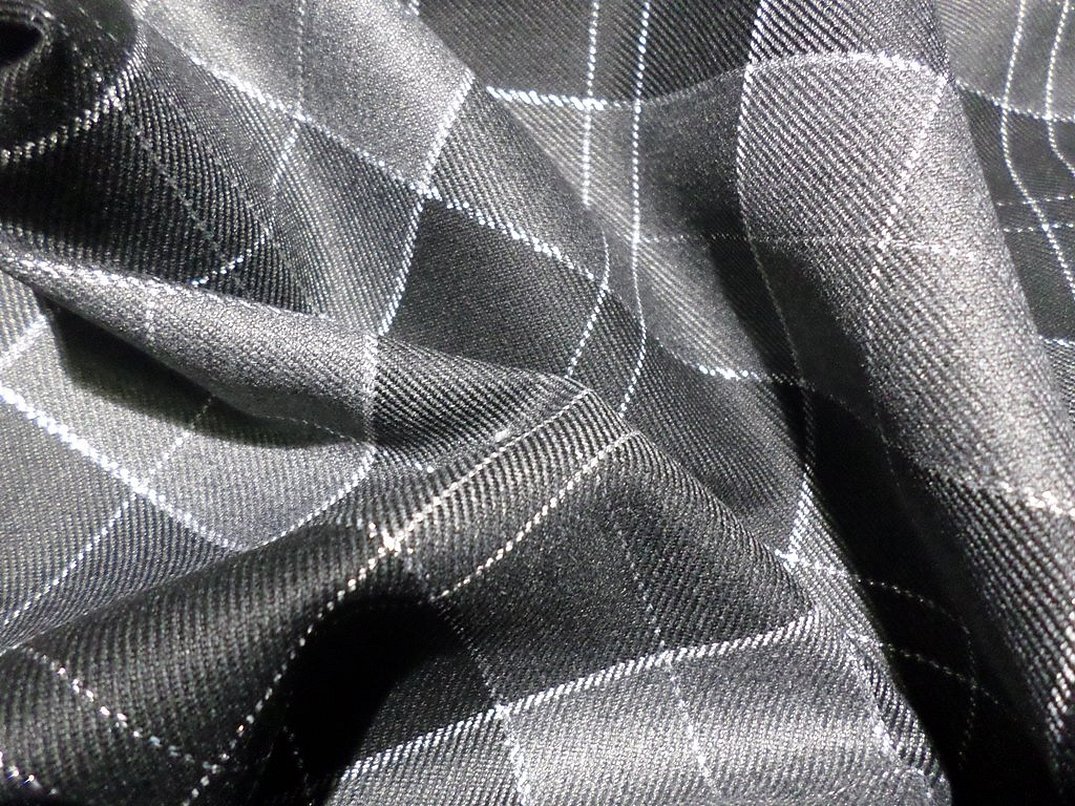
Characteristics, properties and composition
Polyester fabric what is it? The basis for obtaining raw materials for polyester is the polymer alloy polyethylene terephthalate. As a result of extrusion (squeezing through filters), the fiber is subsequently cooled and undergoes thermal and mechanical processing - drawing, cutting and tearing.
The type of fabric determines the temperature mode of processing used. The process of manufacturing raw materials is not entirely harmless, but the resulting fabric is safe. It is used in the production of diapers and clothing for infants.
Important! The artificiality of the fabric is confirmed by the chemical composition. High-molecular compounds based on polybasic acids and polyhydric alcohols. The label on the product will confirm the inscription - 100% Polyester.
Unique physical properties of polyester:
- strength;
- wear resistance;
- water resistance;
- fire safety;
- lightfastness;
- wrinkle resistance;
- resistance to deformation;
- dirt-repellent properties;
- windproof qualities;
- easy to care for;
- artificial origin.
The manufacturer uses all the characteristics of modern materials to produce a wide range of various products and items, both in quality and in purpose.
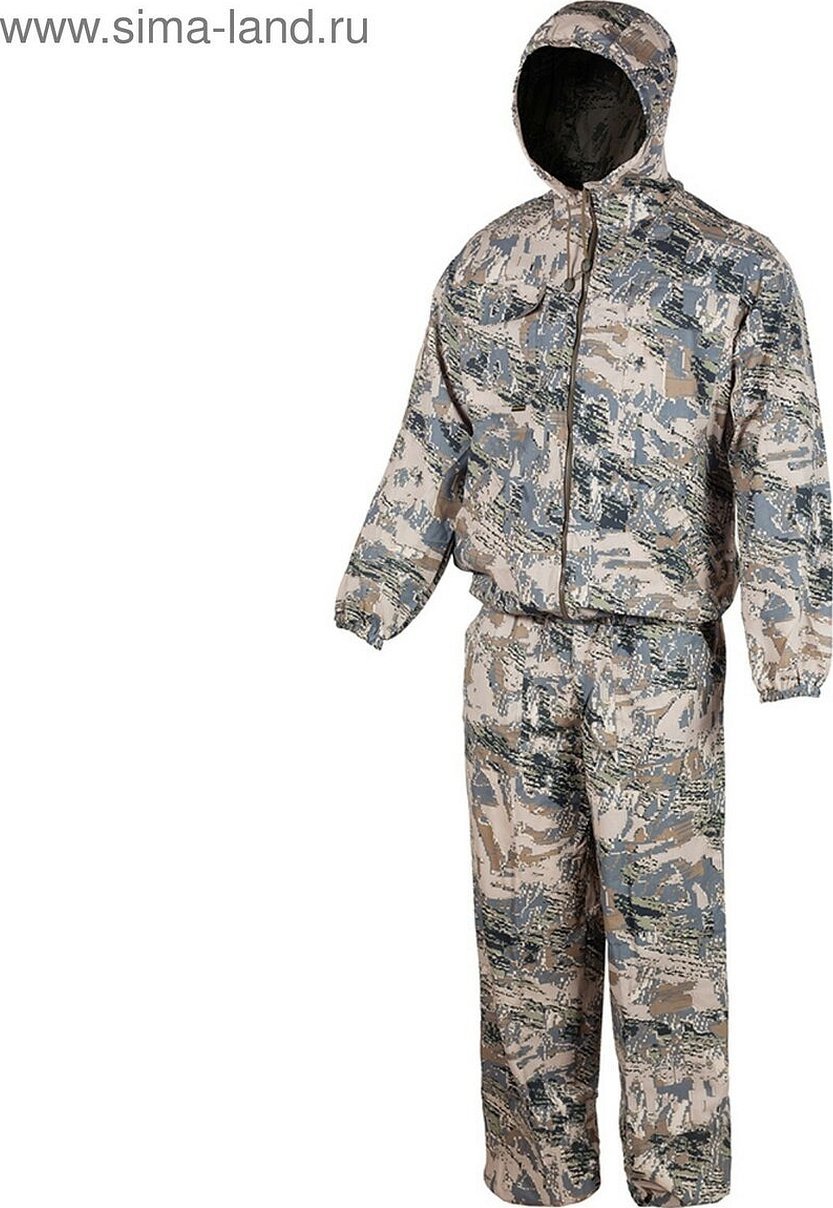
Polyester silk
The division of derivatives by parameters led to the production of a variety of fabrics by density, stretchability and other qualities. The consumer became acquainted with microfiber, acrylic, polyester and silk, differing from each other in appearance and texture.
Polyester silk what is it. It is very difficult to distinguish it from natural silk by appearance. The density of silk fabric is 170-190 kg/m3. It is used in the production of flags, bed linen, dressing gowns and other accessories. Bright colors of the material are used in lambrequins, furniture upholstery, kitchen textiles on a silk base.
Low density provides airiness and lightness of the fabric used in theatrical wardrobe. Silk trains and puffy gathered skirts, curtains and scenery, ballroom costumes and for use as a regular lining.
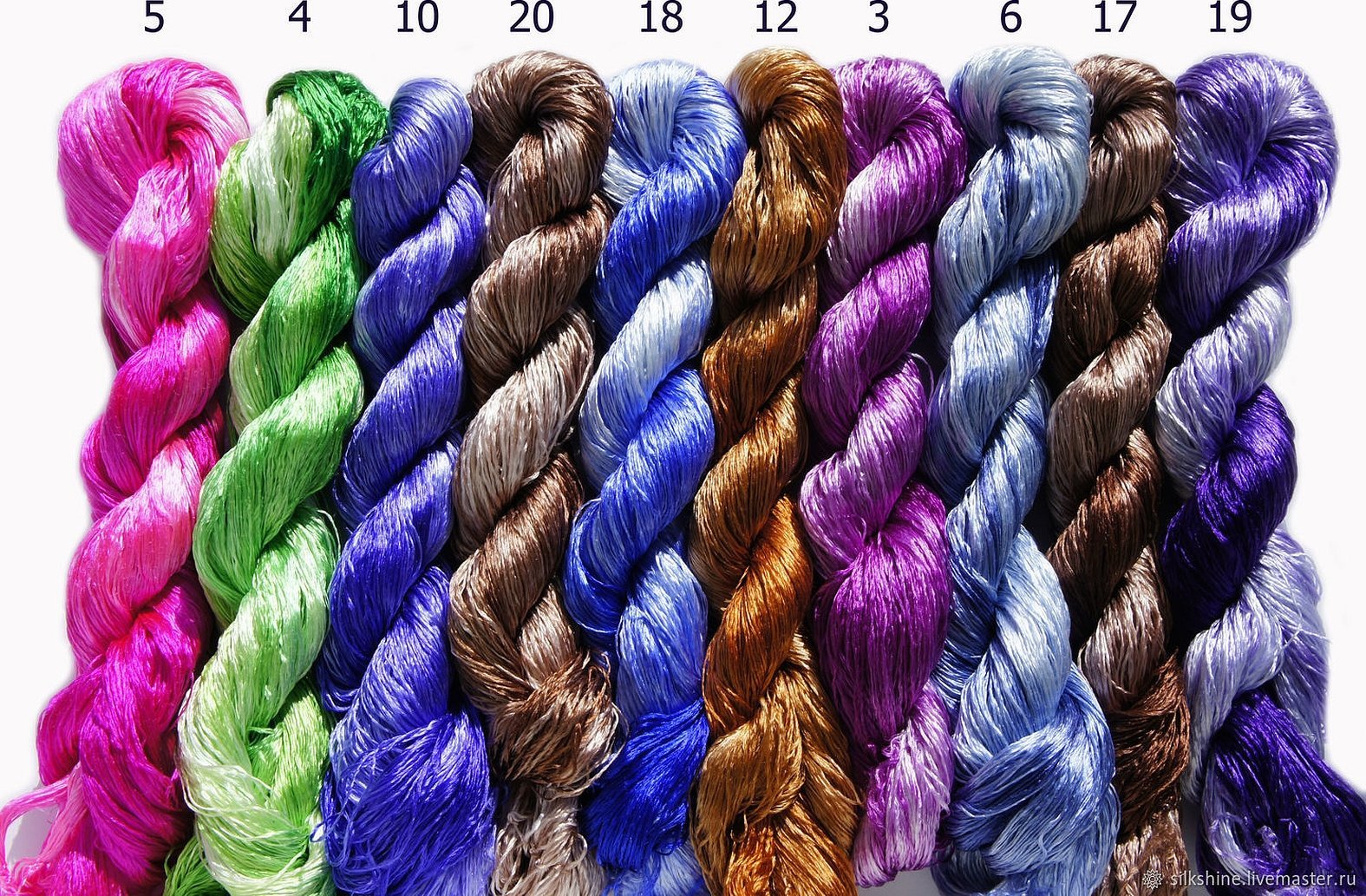
Polyester
A waterproof material used in production and everyday life. All kinds of rugs, casual clothing, uniforms and bedspreads, furniture upholstery thanks to its water-repellent qualities and durability are used in sewing bright products. Preservation of bright colors and stable shape makes it attractive for use in sewing clothes for children, athletes, artists.
Polyester fabric is a polyester fiber that is more easily dyed than others. Its use in the production of footwear, covers, baby carriages and accessories remains in demand. Filter material based on polyester is produced.
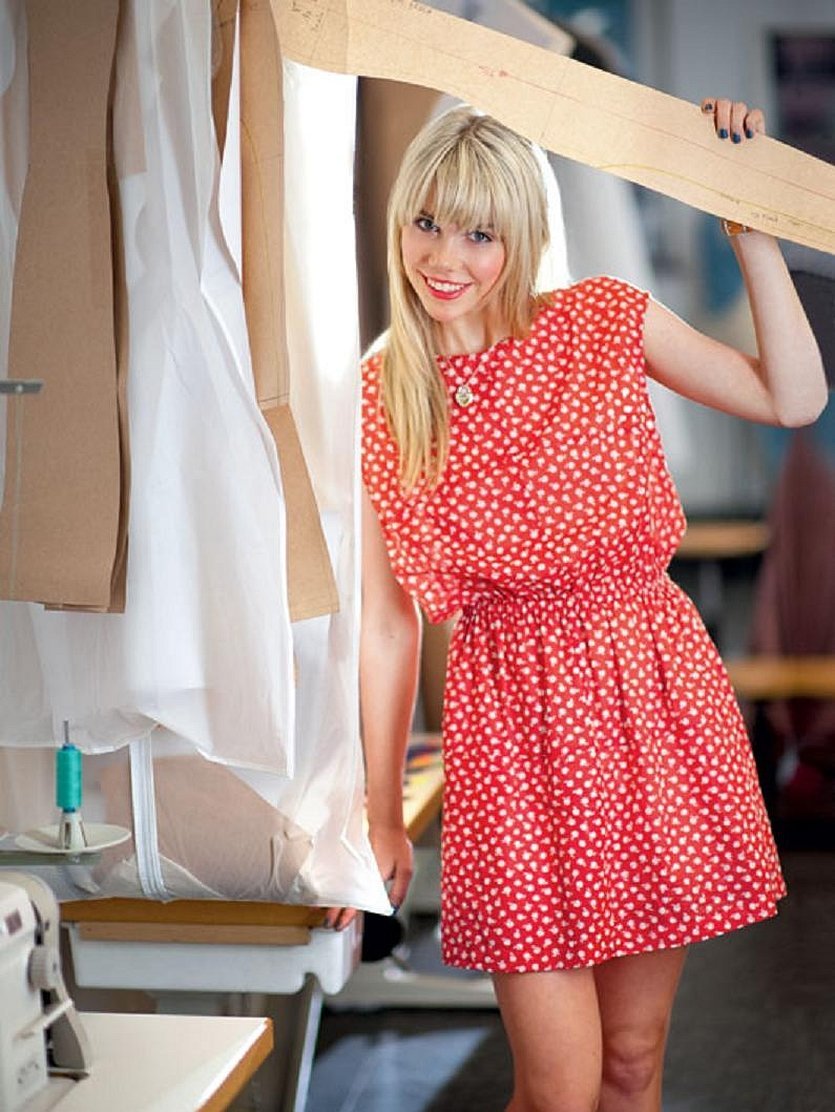
Microfiber
The finest polyester fibers are the basis for the production of microfiber. Air permeability and high hygroscopicity of cotton are in demand in the production of sportswear, underwear, towels and blankets, blankets, floor coverings, rugs and cleaning cloths. Upholstery for couches and sofas proved itself almost immediately.
A relatively new type of polyester fabric with particularly fine fibers has quickly gained consumer attention in the market.
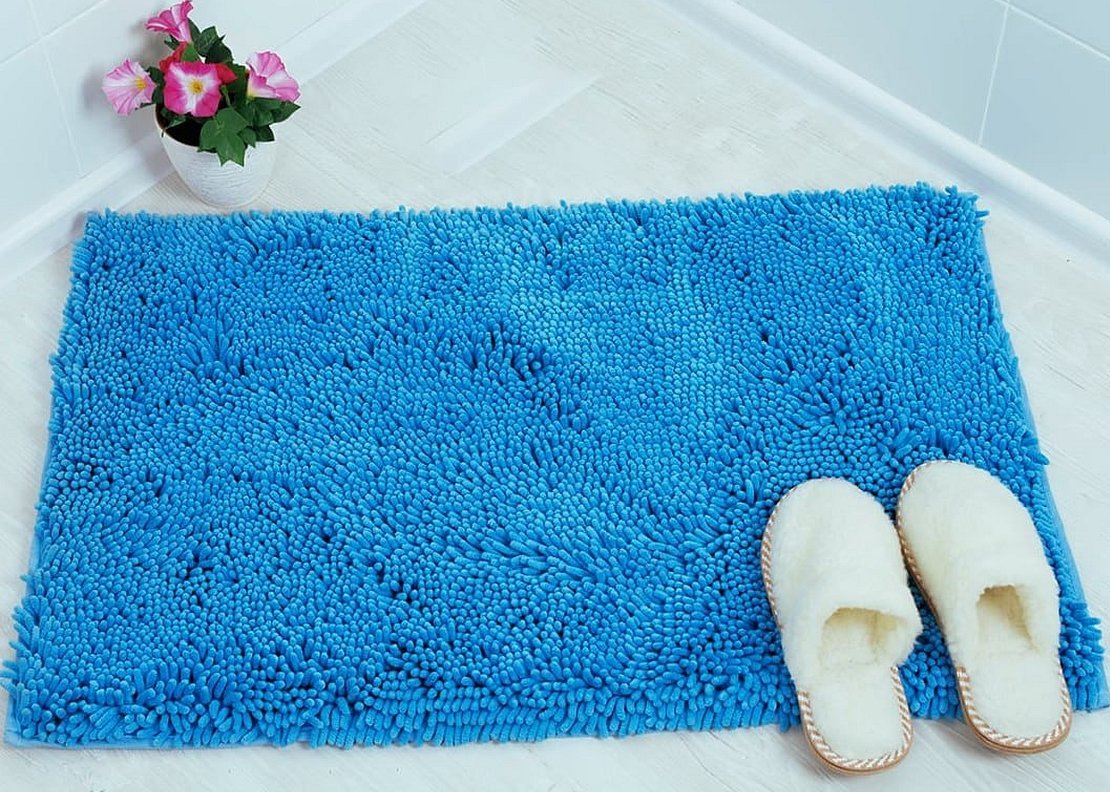
Acrylic
The high density of the material allows the use of canvases as advertising boards and banners, tourist tents and umbrellas for recreation. High resistance to atmospheric precipitation and water resistance are taken into account when manufacturing outerwear and awnings.
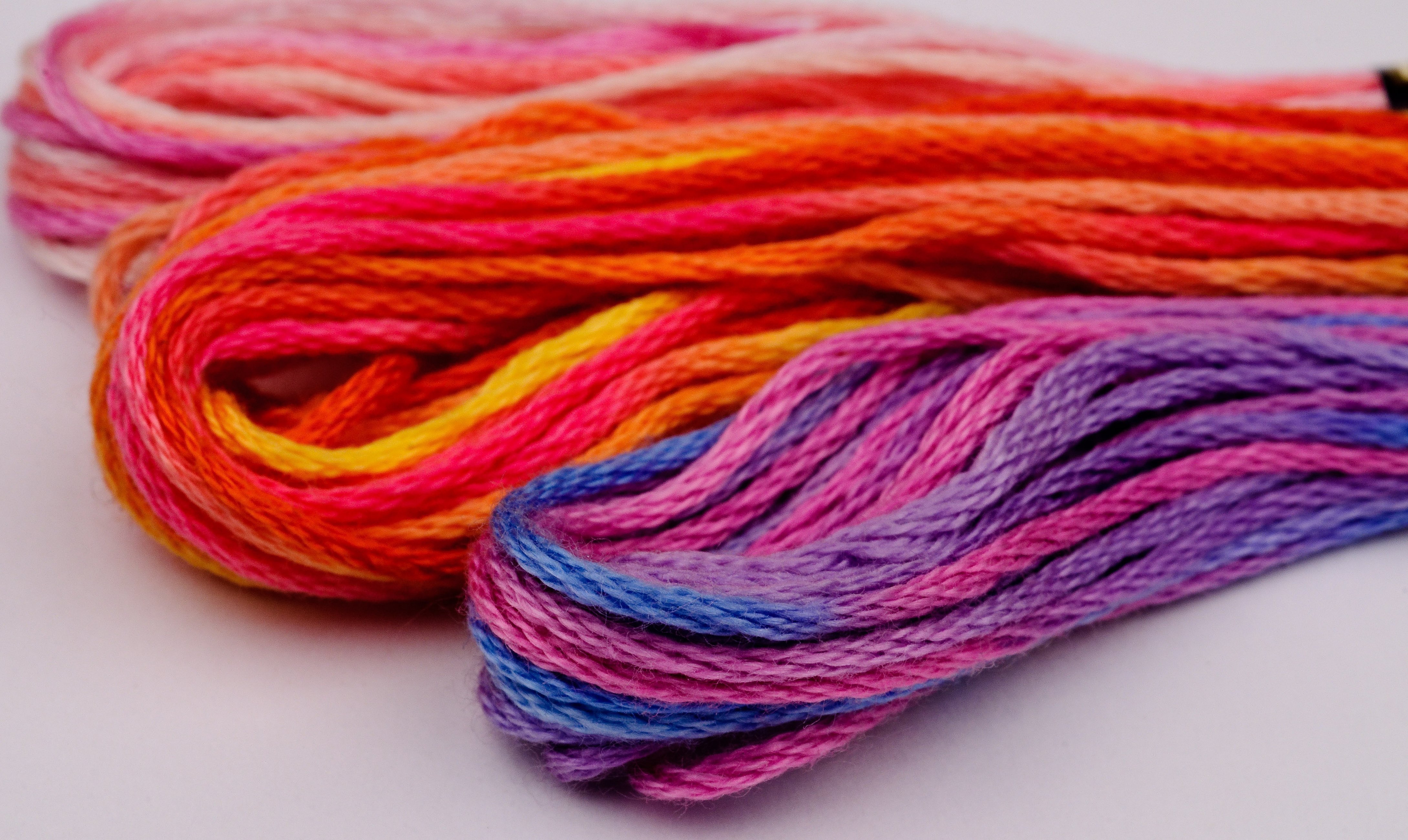
Acrylic paints, threads, tapestries, curtains, backpacks, umbrellas, detergents, stretch ceilings, wallpaper and building materials have quietly appeared in everyday life. High-density acrylic fabric 200-250 kg/m3.

Polyester and polyester, what's the difference?
Natural polyesters are known to mankind in the form of amber, wood resin, shellac. And those obtained artificially appear in the form of glyphthalic resins, polyethylene terephthalate, polyester maleates, polyester acrylates.
Synthetic fiber polyester is obtained on the basis of polyester. Varieties by surface texture are provided in the form of lavsan, terylene, darcon, teteron, tergali and tesil.
The questions of today polyester fabric what is it, are no longer relevant. Having firmly established themselves in society, they appear with their advantages and disadvantages before the consumer.
There is no difference between polyester and polyester products. The first is an improved derivative of the second. It has a lighter structure and weight. It is used in sewing bed linen,
Polyester diluted with natural fibers of cotton, wool, and linen is used for clothing. When softened, the material loses some strength.
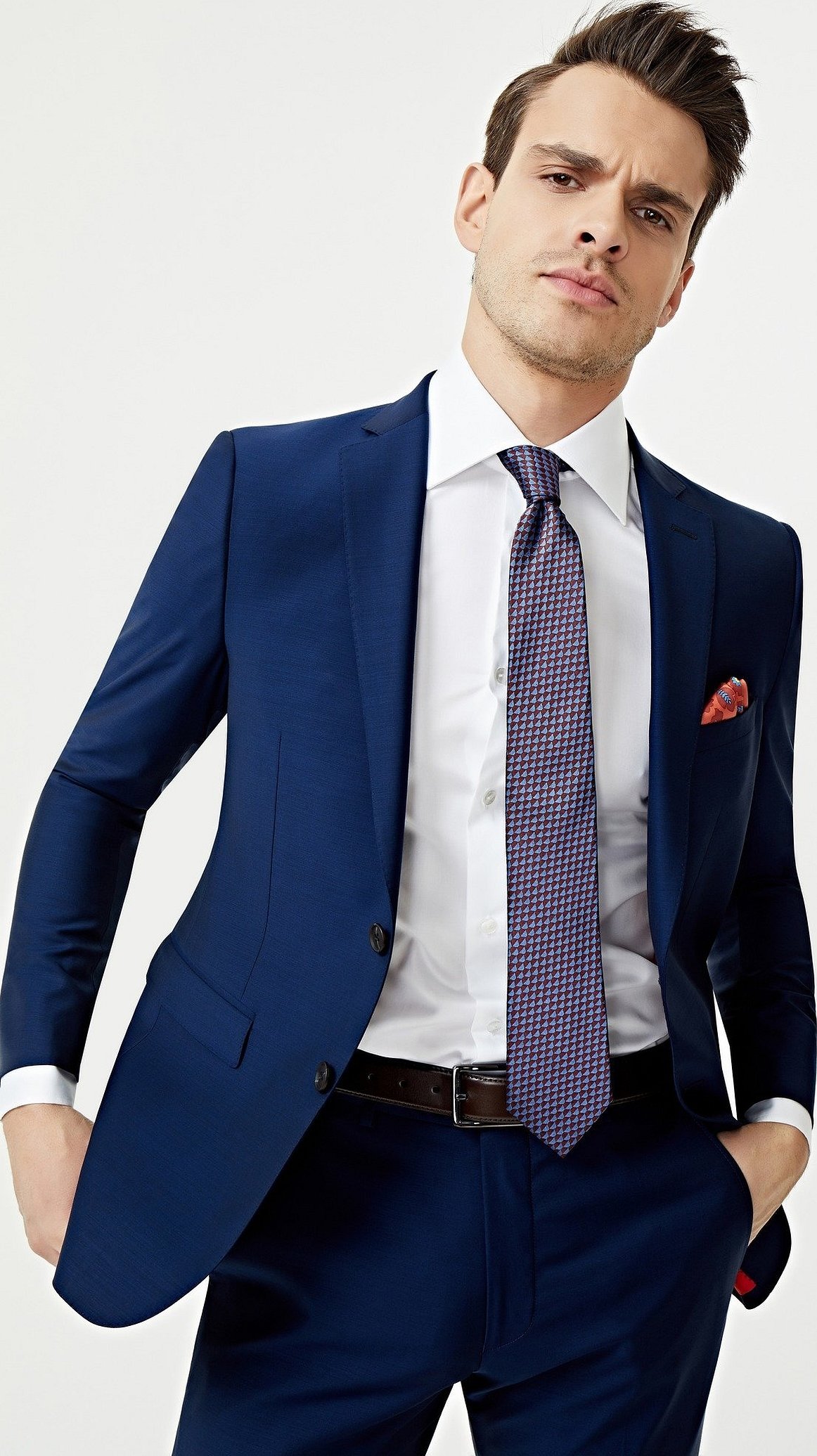
How does polyester stack with other fibers?
Different percentage ratios of the mixed components form new types of fabrics with completely different characteristics. Polyester in its pure form has some rigidity, which it brings to the qualities of combined materials.
What does blending fibers give:
- extending the service life of the product;
- simplification of fabric care processes;
- the rates of wrinkling and shrinkage are reduced;
- reducing the cost of finished products due to the use of raw materials.
A popular combination is considered to be mixing polyester with cotton, linen, wool, polyamide, viscose. The share of synthetics will be from 30 to 70%, sometimes up to 100%. Combining polyester with natural fibers allows you to maintain the hygienic characteristics of the material.
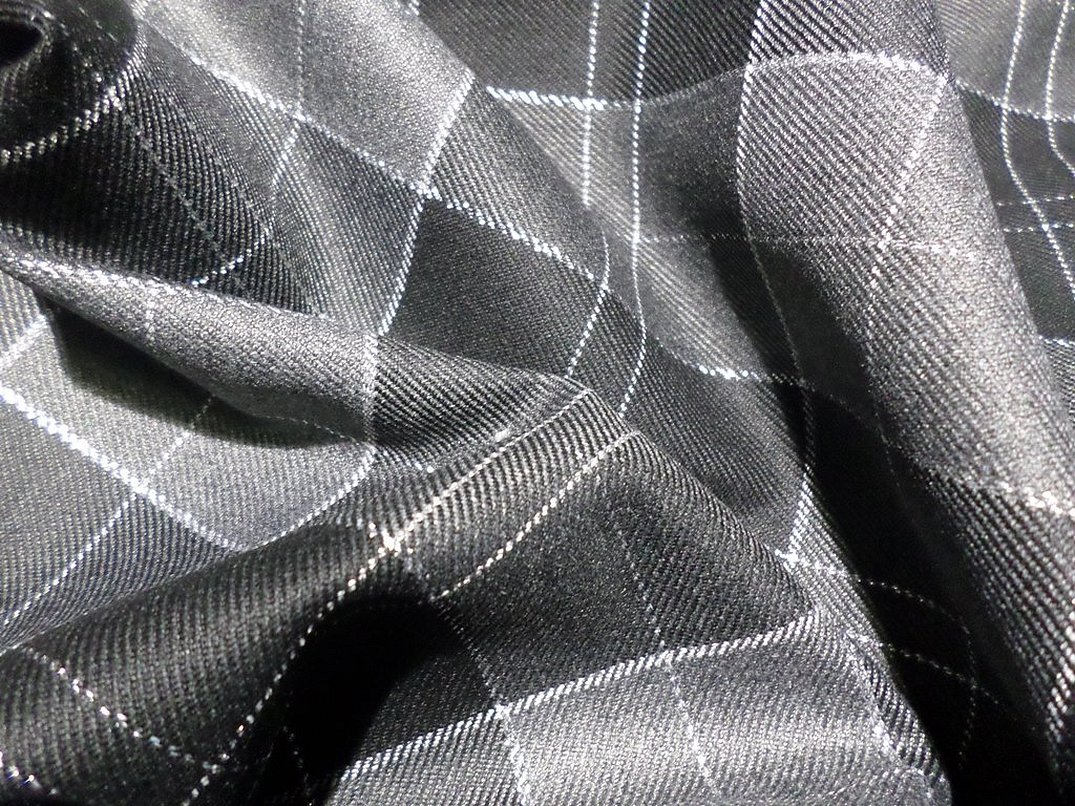
With wool
Woolen items with added polyester last longer. They are more resistant to abrasion and machine washing in a delicate mode. When the proportion of synthetic fibers in a woolen item is less than 30%, the item does not lose the external qualities inherent in pure wool.

With flax
A soft fabric that combines polyester and linen fibres and is used to make light dresses, summer and sportswear, and blouses.

With cotton
What is cotton polyester fabric composition. Durable material with improved characteristics of cotton fiber, subject to shrinkage and deformation, is used to the maximum extent in sewing bedding, tablecloths, lambrequins. Bright rich colors retain their original shade for a long time, due to the presence of polyester in the composition.
Important! Cotton polyester fabric is used in the manufacture of clothing
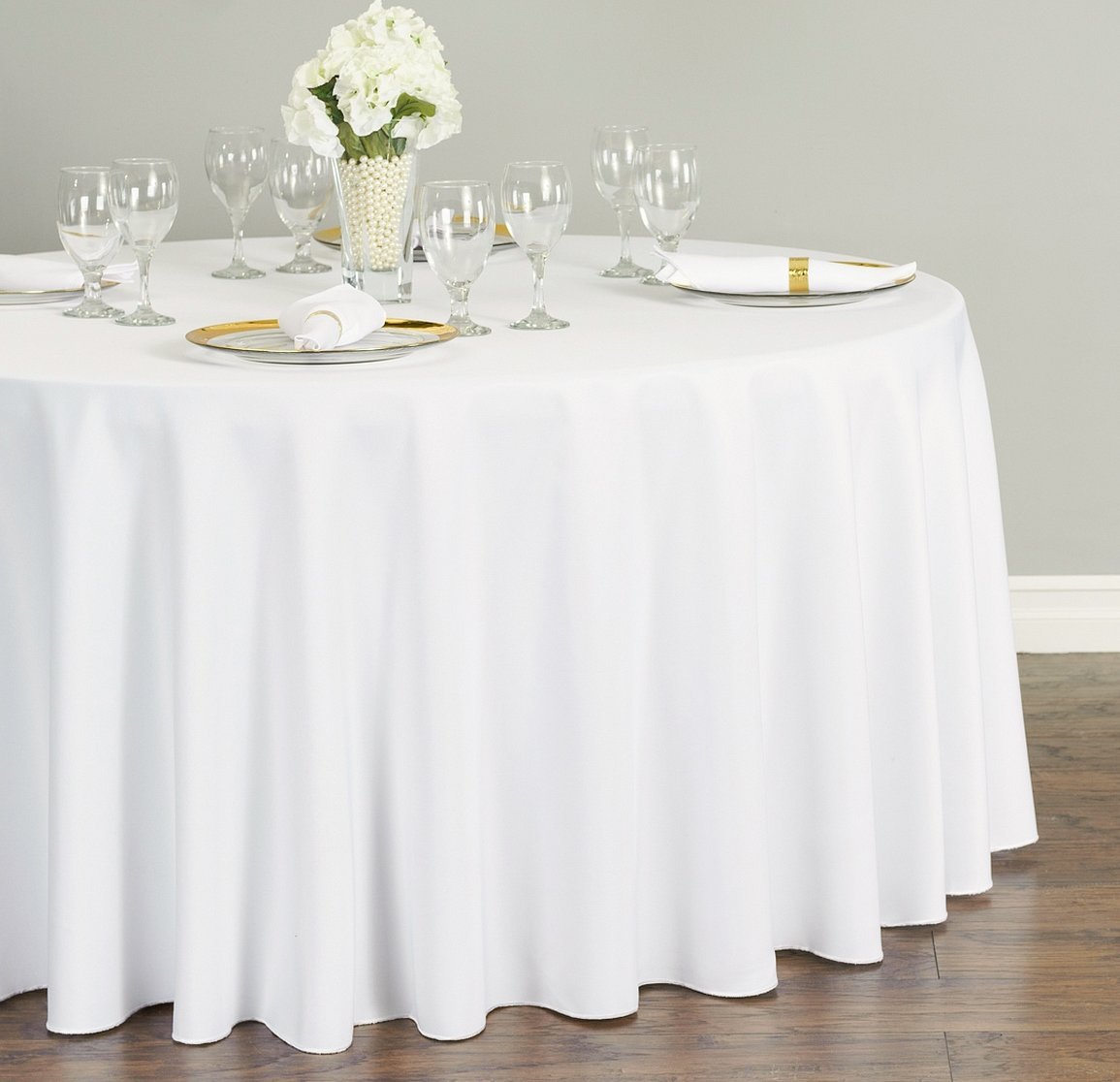
With spandex
The combination of polyester and elastane is used in the production of hosiery, accessories in the form of gloves, and sportswear. In combination with spandex, the elasticity of the material increases. The product stretches and comfortably fits the body, is breathable and has hygienic qualities. Popular products include sports tops, tights, vests, corsets, breeches, and leggings for athletes.
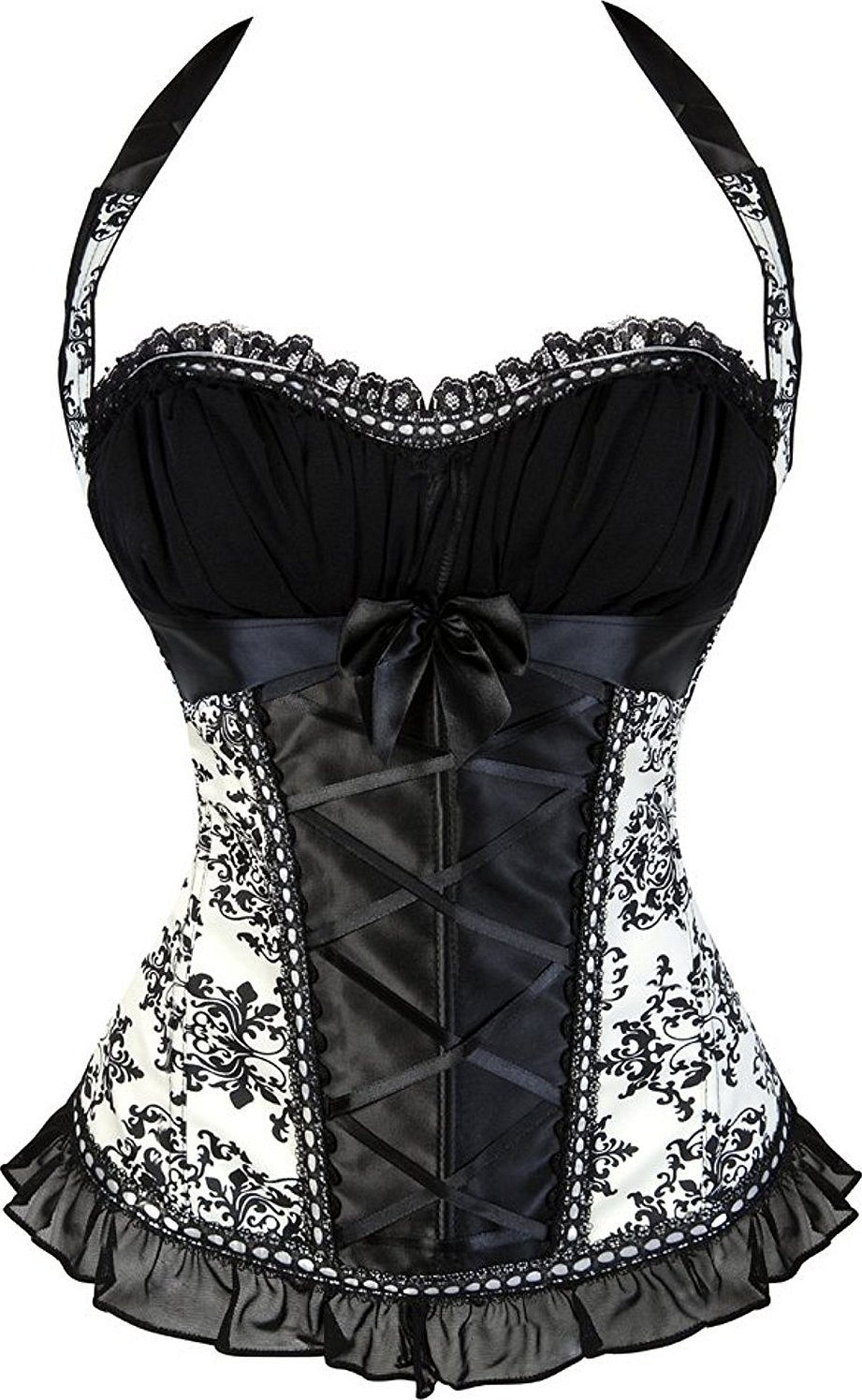
Application in sewing workwear
Technical polyester fabric meets strict state standards and requirements. Ensuring a high level of safety, hygiene and comfort. Mixed fabrics contain 65% polyester and 35% cotton and correspond to a density of 210-240 g / m2. Changes in percentage correspond to the operational requirements of each relevant profession.
Raincoat and viscose fabrics are used equally with tarpaulin and calico. The stewardess uniform differs significantly from the naval uniform, and the welder's suit from the surgical suit.
Note! The medical industry separates mixed fabrics into a separate category with special requirements for the quality and composition of the fabric, intended for sewing clothes for doctors. Resistance to antimicrobial treatment, dry cleaning and multiple washings and ironing. Clothes should not cause allergic reactions, discomfort.
Special clothing for a firefighter or a welder must be resistant to high temperatures, fireproof, and waterproof. Each profession has its own standards of requirements. A hotel maid's uniform should look no less presentable than a flight attendant's, and a catering worker's uniform should look no less presentable than a nurse's uniform in a laboratory. Nylon and viscose may be used as components in mixed fabrics.
Use in other areas
The use of polyester materials is described everywhere - in light and food industries, automobile and mechanical engineering, construction and food factories, educational and medical institutions and even astronautics.

What is produced?
- finishing materials;
- tourist equipment;
- furniture and carpet coverings;
- furs and winter clothing;
- outerwear and sportswear;
- overalls and work clothes;
- bed linen, bedspreads, swimwear and underwear;
- insulation and lining fabrics;
- diapers.
It is impossible to list the entire range of products manufactured from polyester.
Care instructions, average price
Polyester, like polyether, requires certain care. The manufacturer indicates the necessary actions on the product label. If machine washing is not available, hand washing in warm water and a minimum amount of washing powder is suggested. The recommended water temperature does not exceed 40-50 degrees.
Note! It is not recommended to use bleaching agents. Using conditioners will help remove static electricity from things. Dry straightened things with the wrong side up, as well as iron them.
Estimated prices for 2019
Polyester for sewing suits costs 180-230 rubles/m. For furniture upholstery 400 rubles with a width of 140 cm. A pillow from Ivanovo costs about 120 rubles. A set of bed linen 300-500 rubles. A Dutch dirt-protecting mat 40x60 is estimated at 760 rubles. Microfiber with a price range from 250 to 550 per linear meter.
Pros and cons
The number of advantages of polyester products significantly exceeds its disadvantages, of which only poor air permeability and electrification are noted. The impossibility of using chlorine, which destroys synthetic fibers, for washing in the form of bleaches.
All other qualities of the modern material are considered its advantages: strength and wear resistance, heat resistance at temperatures above 100 degrees. Fire safety and resistance to ultraviolet rays. Waterproof and wrinkle-resistant, a variety of polyester fabrics by density, elasticity and other qualities.

